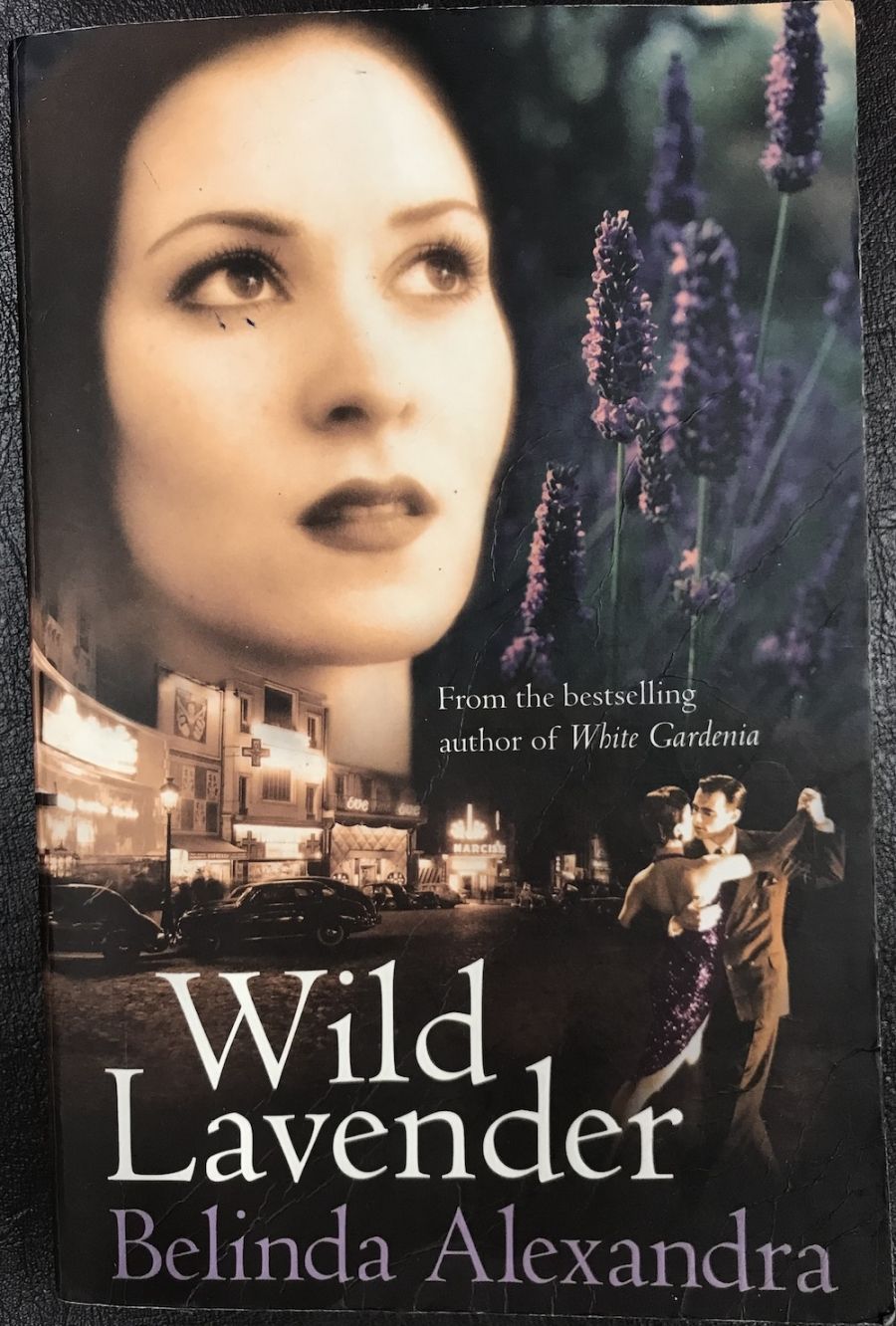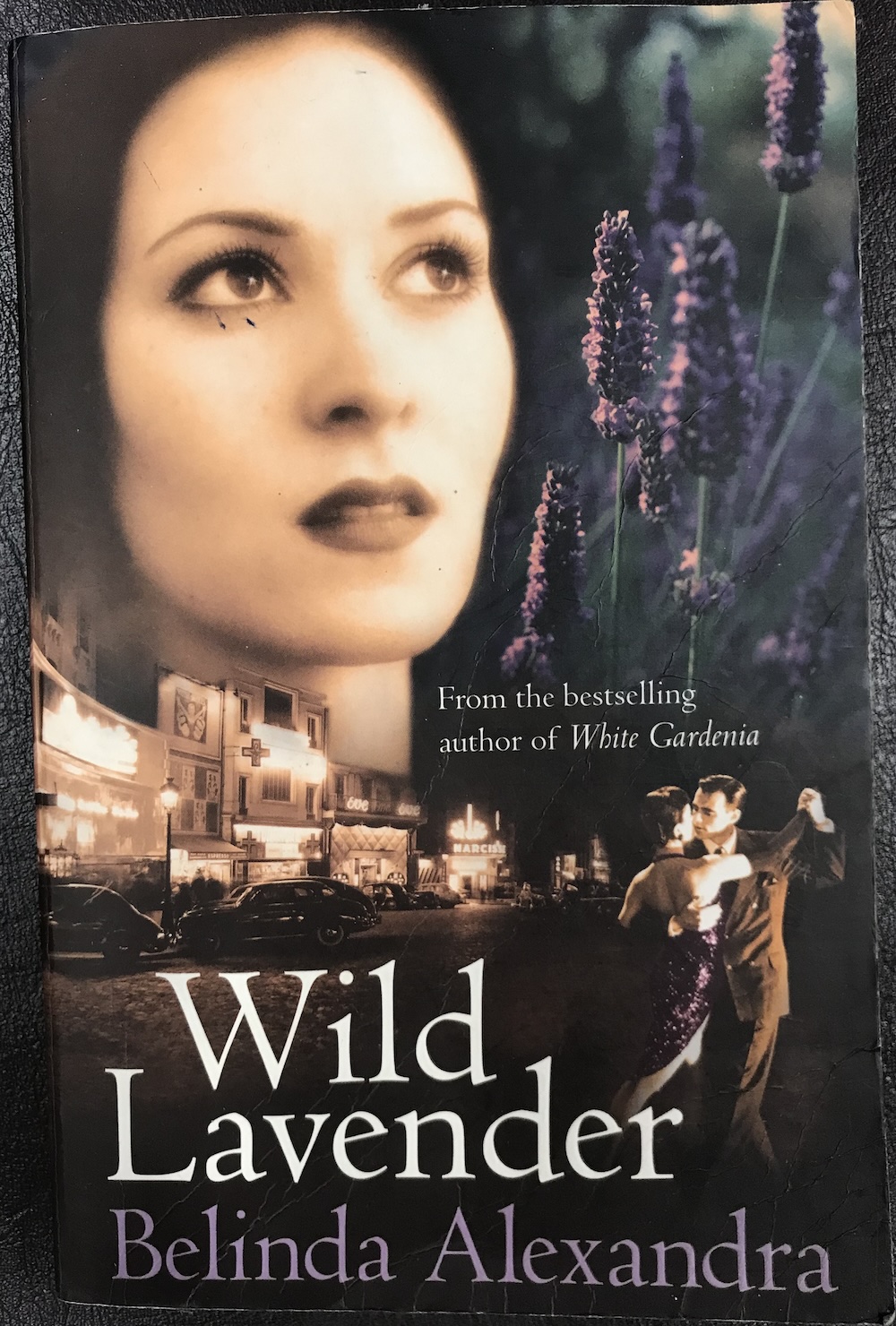
- Free Article: No
- Contents Category: Fiction
- Review Article: Yes
- Article Title: Slipping Flowers
- Online Only: No
- Custom Highlight Text:
Belinda Alexandra’s first novel, The White Gardenia (2002), was a ‘word of mouth best seller’. It may not have been picked up by certain critics, but it was nevertheless favoured by the book-buying public. Its subject was exotic – the fortunes of the daughter of a White Russian refugee family in Harbin and Shanghai – but the Mills & Boon cover was a bit of a worry. Now Wild Lavender appears, the second instalment of Alexandra’s two-book contract.
- Book 1 Title: Wild Lavender
- Book 1 Biblio: HarperCollins, $29.95pb, 531pp
- Book 1 Cover Small (400 x 600):

- Book 1 Cover (800 x 1200):

Wild Lavender, which moves from China to France, begins in the 1920s but spans thirty years, like The White Gardenia. But this is not the only similarity: one basic formula underlies the first-person life story of both heroines and their astonishing rise to fame, even though they have different-coloured hair and superficial variations in their ascents to glory. Anya, the eponymous gardenia, is a tall gawky girl of thirteen at the start of the novel, keen to assure us of her plainness. To her surprise, however, it takes no time at all to change into a nightclub-performing, show-stopping dancer of great beauty. Yet Anya never develops a swollen head, compromises her virtue or loses her heart of gold. In fact, she is so self-deprecating that, when not dancing, she merely ‘slips’ – from her bed. her room. the table, and into and out of pieces of clothing in ladylike fashion. She doesn’t need to draw attention to herself, because her adoring author does it for her, using the adulation of admirers to position this paragon of wide-eyed self-effacement on a pedestal.
Wild Lavender’s Simone Fleurier also starts off tall, gangling, thirteen years old, and anxious to persuade us of her plain looks. By the second page, she too is slipping – her dress over her arms, a piece of bread into her pocket, cheese and meat to the dogs under the table, the cat into a cat-basket. Aunt Yvette joins in, slipping her glasses onto her nose, while Simone’s mother slips her foot out of her shoe. It may seem querulous to pay so much attention to one innocuous word not responsible for its own overuse. But the real objection comes under the heading of synecdoche: the connotations of that single word stand in not only for Simone’s style but for the tone of the whole book.
Born on a lavender farm in rural France, Simone also acquires wondrous beauty she has to be persuaded to acknowledge, and displays a singing talent comparable only to Joan Sutherland’s – or Anya’s dancing. In Paris, she outshines every other star except the treacherous Camille, a clone of the evil Amelia in The White Gardenia.
In both books, shattering national and international events overtake personal lives, but the Japanese invasion of China and the outbreak of World War II in Europe allow both heroines to rise to unimagined heights. Simone works for the Resistance, saving cats, dogs, children, Jews and airmen from the Germans at selfless personal cost; new linguistic ubiquities are called for. Where Anya was constantly nauseated, Simone has to contend with regularly buckling legs. But physical weakness cannot undermine her purity. Going to decadent pre-war Berlin to gain cabaret experience, she confides: ‘If I hadn’t seen for myself the rawness of life on Friedrichstrasse, the vulgarity of my fellow performers might have overwhelmed me. Instead I studied them with the keen eye of a scientist.’ Not even the advances of Marlene Dietrich, with whom she unknowingly dances the tango, turn her head. When Marlene tells her in French, ‘You are beautiful’, something makes Simone uncomfortable and she slips from her arms.
Dietrich is not the only real-life person with whom Simone rubs shoulders: Maurice Chevalier, Count Harry Kessler and Jean Renoir all fall for her voice. Schiaparelli dresses her and accessorises her cat with a leopard-print collar. Janet Flanner writes in the New Yorker: ‘Simone Fleurier stepped out of Renault’s latest top of the range model and announced to the world with her sleek suit and long legs that the flapper era of androgyny is gone. She was all woman – dramatic, bold and assertively seductive.’
It is, of course, all the more wonderful that the music-hall muse can turn her hand to the heroics of resistance. But ‘France needed me ... I had to stay in the country no matter what my personal feelings were’. This is a book of personal fantasy taken to breathless heights; no doubt it will delight readers who harbour similar dreams. But when Alexandra compares the length of her book to that of War and Peace, she does exaggerate: 531 pages to 1444. But this shortfall is not the only one. Tolstoy preferred striding to slipping.


Comments powered by CComment